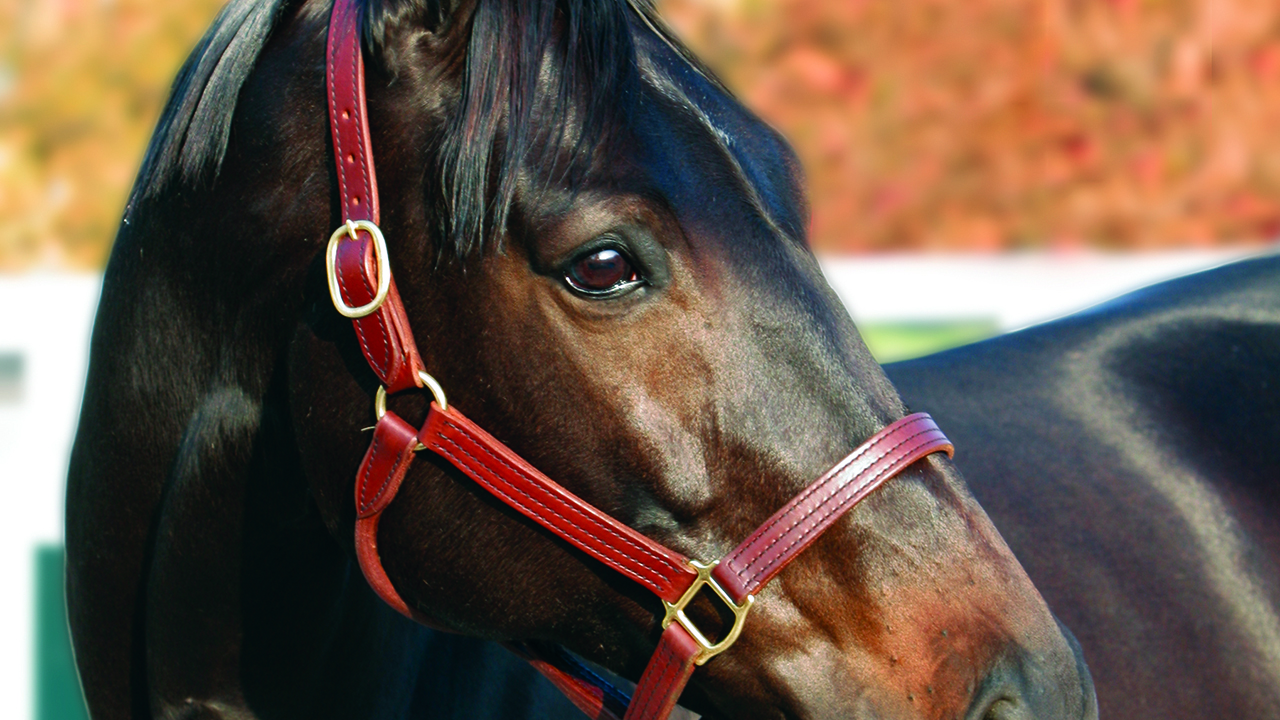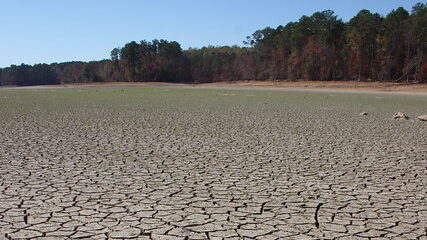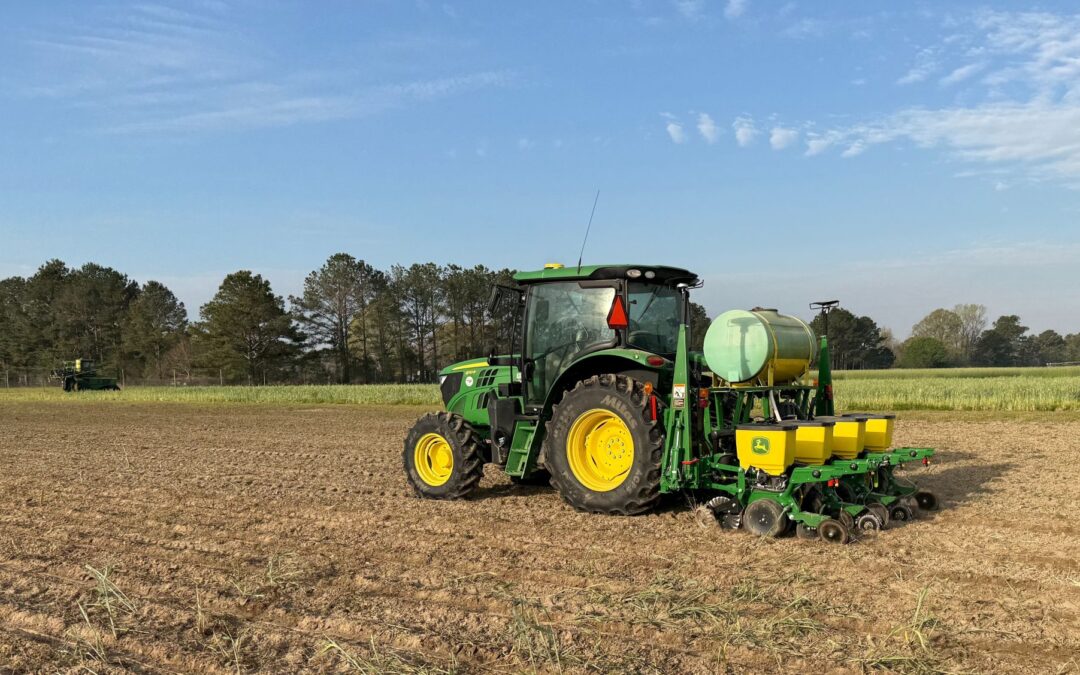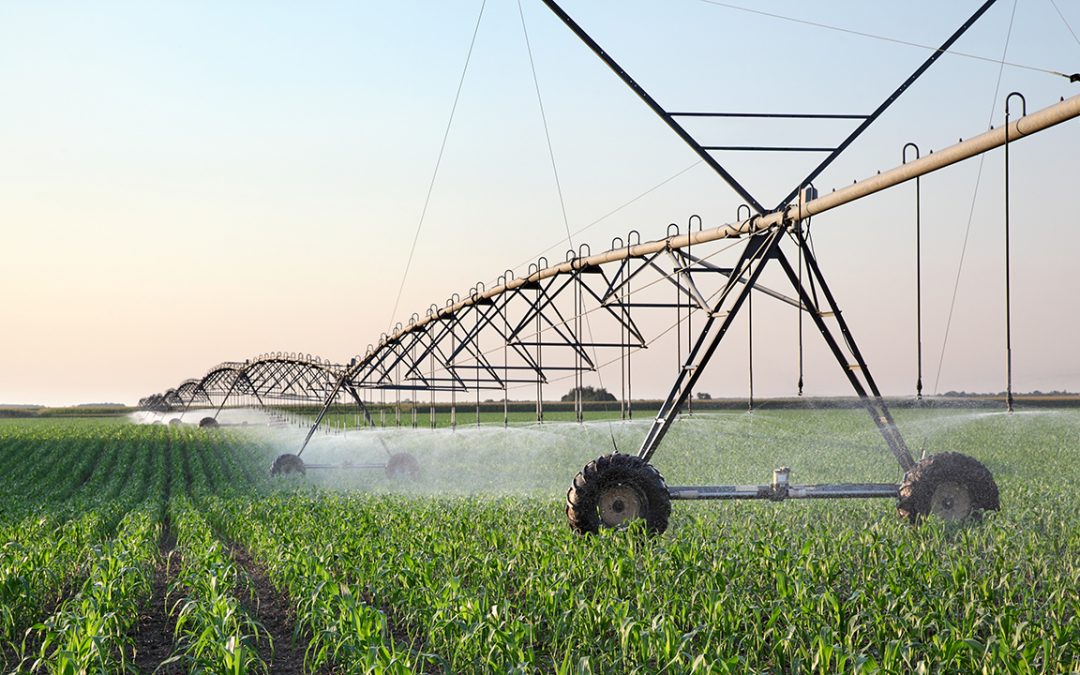Horses which have been used heavily all summer, but will be used sparingly during fall and winter need to be properly conditioned for this change. Horses at maintenance or doing light work have reduced energy requirements from hard working horses, and there is no need to continue feeding a high energy diet to an idle horse in an adequate body condition. Abrupt changes in activity and/or diet increases the chance of injuries and illness in the horse. Horse owners should “let the horse down” gradually from hard work to winter turnout. Generally the more fit a horse is, the more gradual the let down should be. To let the horse down, decrease the horse’s grain ration and increase its forage or hay ration over a period of several weeks.
At the same time gradually increase the horse’s pasture turn out time. Really fit or fat horses such as race horses, polo ponies, endurance horses and halter horses may need to be turned out in a small pen or paddock (such as a round pen or small riding arena) for several weeks before introducing them to a large pasture. This is to prevent injuries and overheating which might occur if the horse was allowed to run at will in a large pasture. In the smaller area, the horse owner can bettermonitor the horse’s activity level and intervene if the horse is getting too rowdy or too hot.
Other management activities which should be done in the fall include:
- Check and repair fencing and check pastures for dangerous conditions such as low tree branches, broken glass, and holes. Remember to do this before turning the horses out!
- Give horses their fall booster shots for Eastern and Western equine encephalomyelitis (sleeping sickness). Spring and fall boosters are recommended for horses in Alabama because encephalomyelitis is endemic to the area. Your veterinarian might also recommend rabies vaccinations for horses turned out. Broodmares should receive equine viral rhinopneumonitis (viral abortion) vaccines at 5, 7 and 9 months gestation.
- Pull shoes (if the horse can go without shoes) and trim the horse’s feet. Remember to check the horse’s feet regularly and trim the horse’s feet as needed during winter.
- Check the horse’s molars for sharp “points” which can cut the cheeks or tongue, and “float” the horse’s teeth to rasp off these sharp points if needed.
- Continue deworming the horse on a regular (every other month) schedule. Make sure you use a deworming compound that kills bots during late fall and early winter.
- Make sure the horse has a readily available source of clean water, and make sure the horse is drinking water during sudden onset of cold weather. Decreased consumption of water during cold weather combined with a dry diet (such as late fall pastures and hay) can lead to impaction colic.
- Give horses enough energy so they can build a slight cover of body fat before cold weather. A thin cover of body fat helps horses stay warm during cold weather. Most mature horses at rest will build an adequate fat cover on good pasture alone. However young horses, lactating mares or horses in a thin condition may need extra energy, provided by feeding a grain ration, to build up body fat before winter.
- If pregnant mares are grazing fungus-infected fescue pastures, make plans now to remove them from the fescue during their last trimester of pregnancy to prevent foaling problems.
By Cindy A. McCall, Ph.D. – Extension Horse Specialist
Alabama Cooperative Extension System (H14-0994CM)





